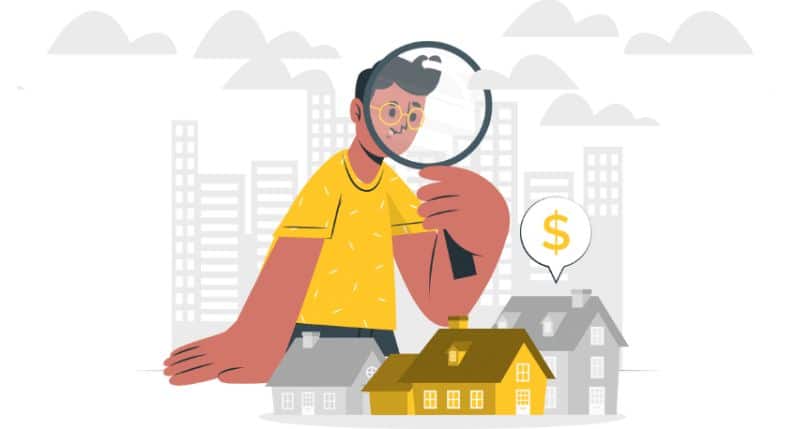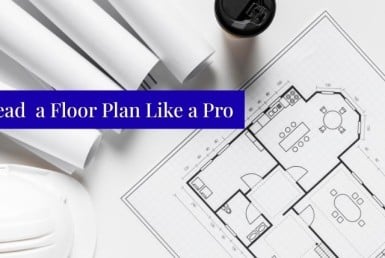What Homebuyers Want in 2025
In 2025, the housing market is evolving as buyers adapt to economic conditions and changing lifestyle preferences. Understanding these shifts is crucial for prospective homeowners and industry professionals alike.
Affordability and Home Size
Rising construction costs and higher interest rates have led buyers to seek more affordable housing options. This trend is evident in the decreasing median home size, which dropped from 2,200 square feet in 2023 to 2,150 square feet in 2024—the lowest in 15 years. Additionally, townhomes have gained popularity, now comprising 17% of the single-family market, up from 10% in 2009. These shifts reflect buyers’ efforts to balance budget constraints with housing needs.
Move-In Ready Homes
With high interest rates limiting funds for renovations, buyers increasingly prefer move-in ready properties that don’t require major repairs or updates. Homes in top condition are in high demand and often receive multiple offers shortly after listing. This preference underscores the importance of sellers investing in necessary improvements before listing their homes.
Design Trends: Organic Modernism
Aesthetic preferences are also shifting, with “organic modernism” emerging as the leading home design trend, surpassing the modern farmhouse style. This design emphasizes natural materials and statement finishes, such as natural stone, wood flooring, and textured walls. Homes featuring these elements can sell for up to 3.5% more than expected, potentially increasing home values by over $12,000.
Technological Integration
Modern buyers prioritize smart home features that enhance security and convenience. Top desired technologies include security cameras, wireless security systems, and video doorbells. These features not only provide peace of mind but also add value to properties in a competitive market.
Economic Considerations
Affordability remains a significant concern, with 49% of Americans believing it is unrealistic to buy a home in 2025. Factors such as rising home prices and high interest rates contribute to this sentiment. However, more than half (51%) still plan to purchase a home this year, indicating a persistent desire for homeownership despite financial challenges.
Find a Mortgage Lender
Start your search for mortgage lenders
Location and Lifestyle
Buyers continue to prioritize location, considering factors like commute times to work, proximity to city conveniences, schools, medical facilities, and access to major highways. Additionally, there’s a growing emphasis on lifestyle: on wellness amenities, such as home gyms and saunas, and designs that incorporate natural elements like high ceilings and large windows to enhance natural light.
Financial Strategies
In response to economic uncertainties, some buyers are opting for larger down payments to reduce monthly mortgage costs. This approach often involves reallocating funds from investments or retirement accounts to achieve more manageable long-term expenses.
So, to sum up: as the housing market continues to evolve, it is important for homebuyers, home sellers, and home builders/remodelers to stay informed about these trends. They can help a prospective homebuyer make strategic decisions that align with financial goals and lifestyle preferences; as well, they can help prospective sellers and builders understand what will appeal to the buyer and to the market.
New Homes Guide Magazine
The latest new home trends, up-and-coming neighborhoods, and more.
© RGV New Homes Guide, 2025. Unauthorized use and/or duplication of this material without express and written permission from this site’s author and/or owner is strictly prohibited. Excerpts and links may be used, provided that full and clear credit is given to RGV New Homes Guide with appropriate and specific direction to the original content.





